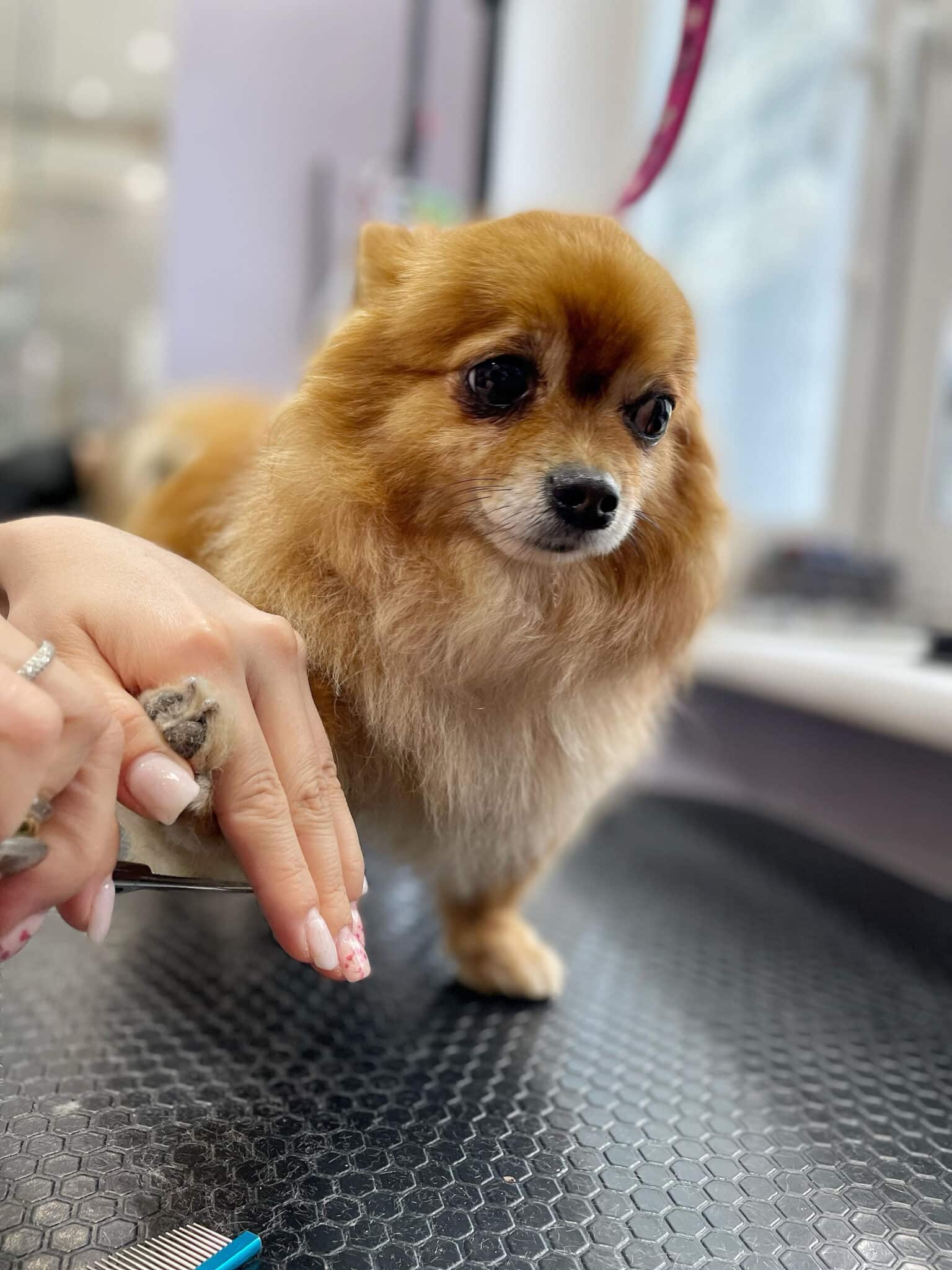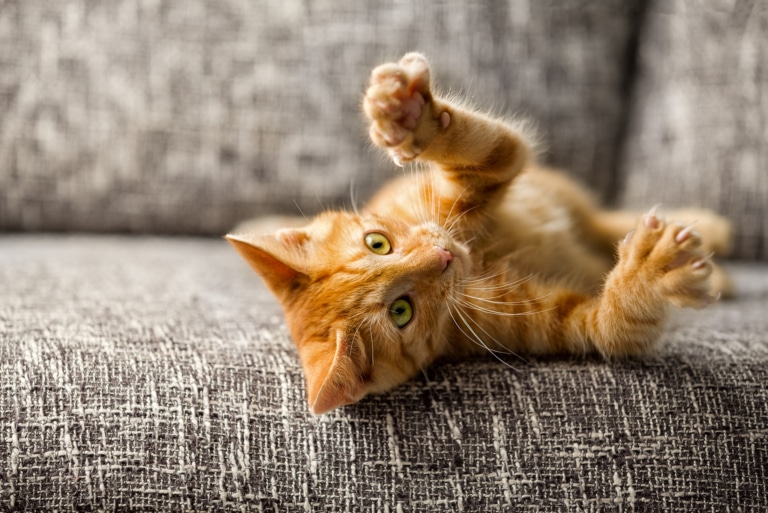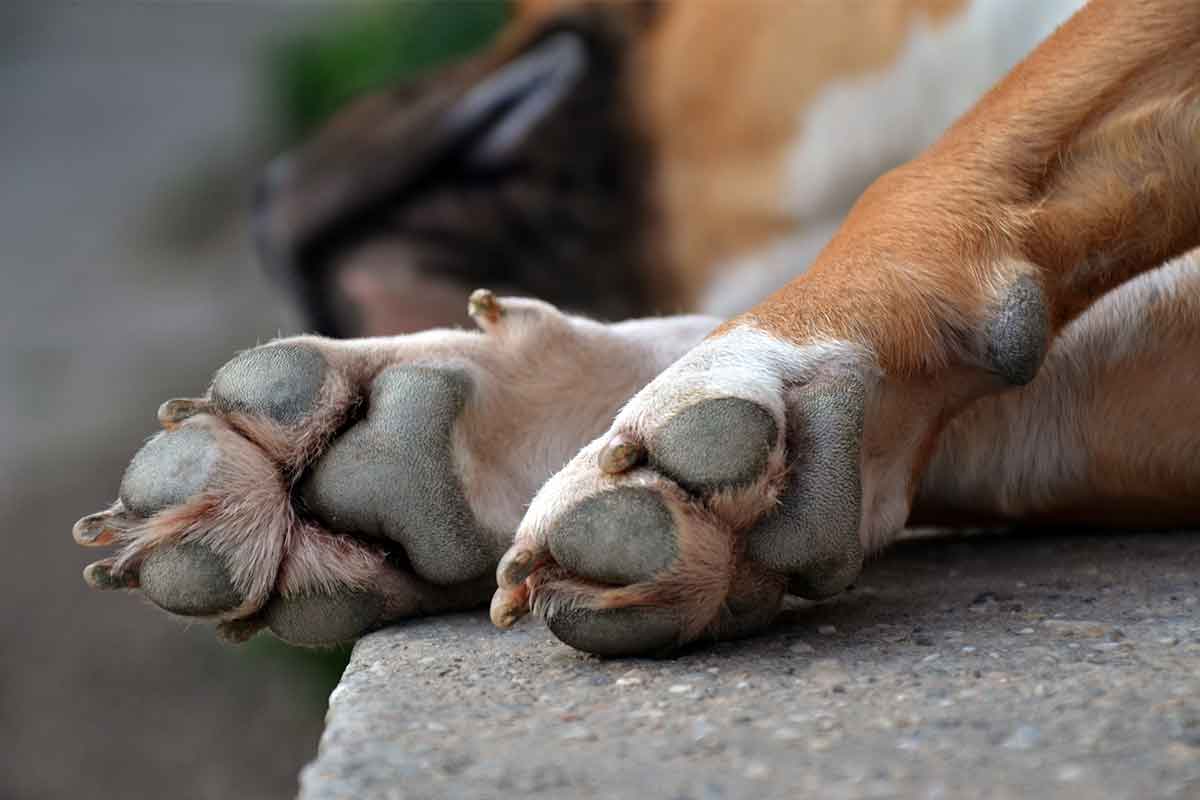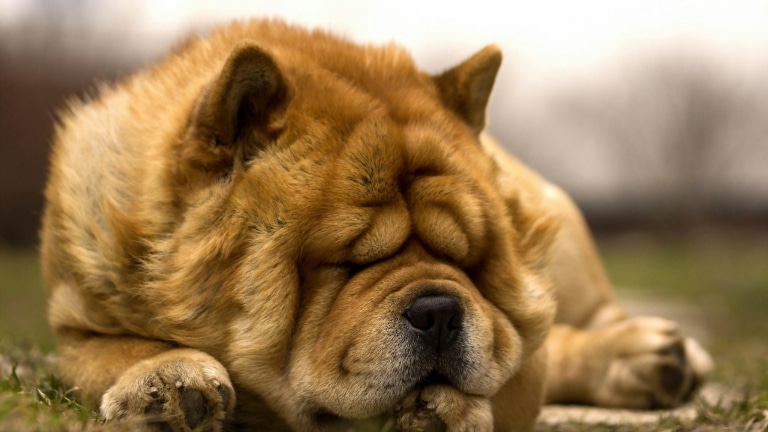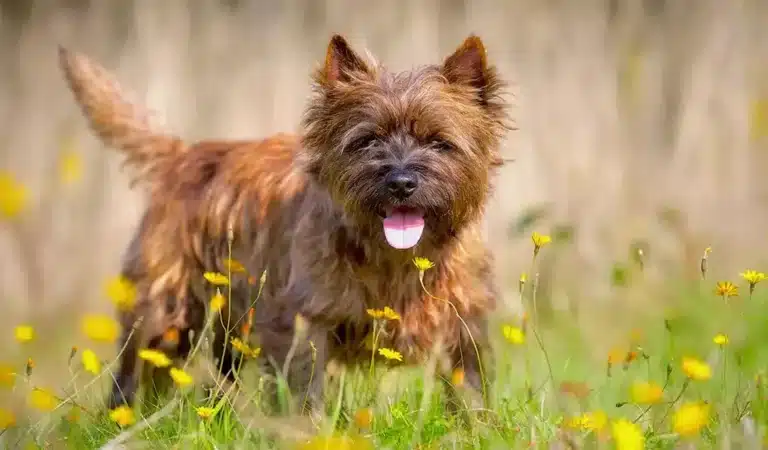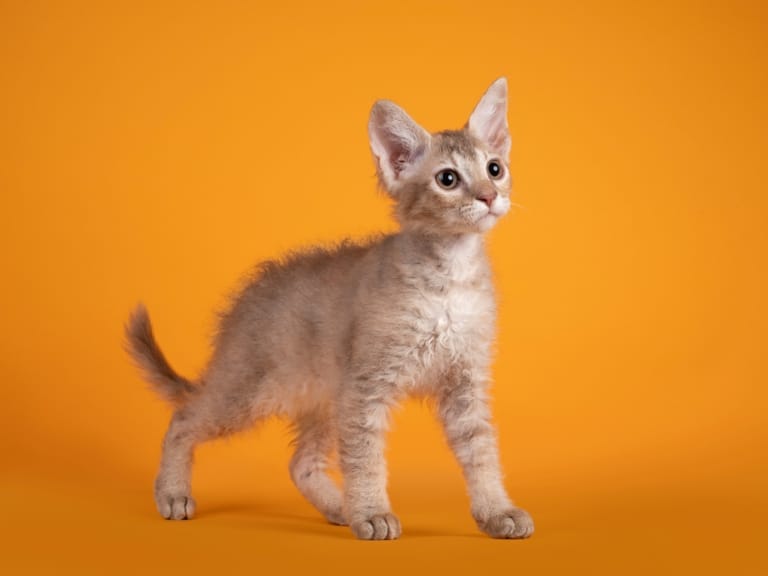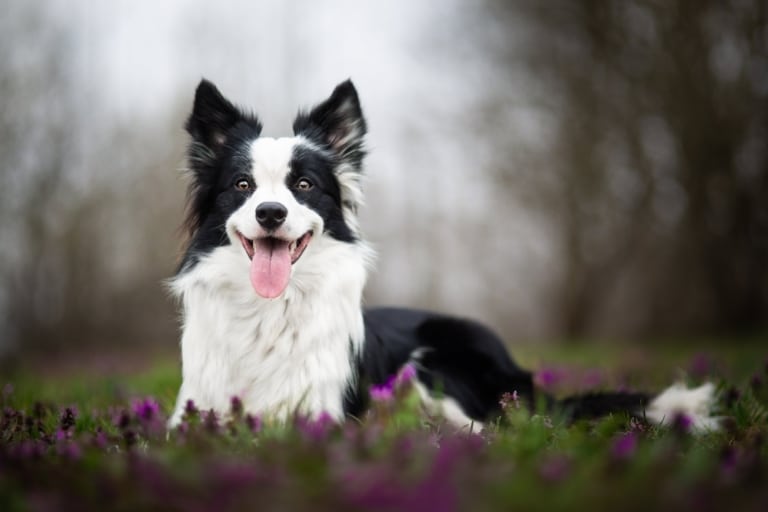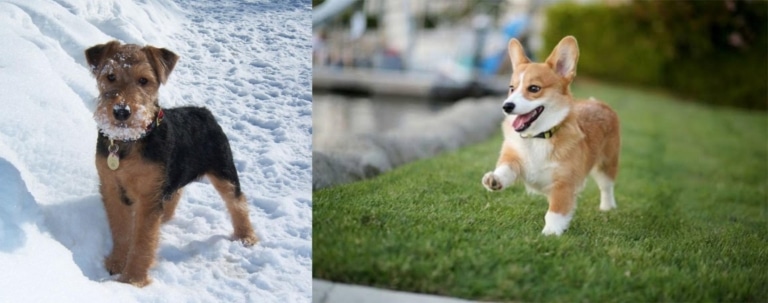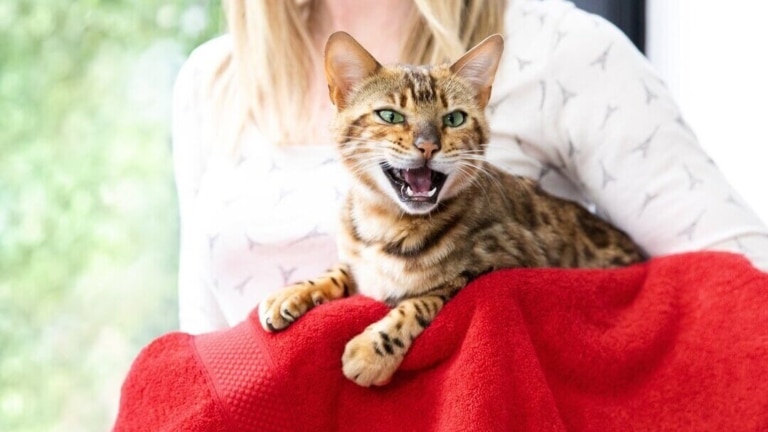It’s a strange situation: it’s been a long time, and the claws are gone
You take your pet’s paw, prepare to trim it… and there’s almost nothing to trim. Although it’s been weeks or even a month! Surprise is replaced by suspicion: are they not rubbing off on their own? Or is it still a problem? In some animals, especially active ones, the claws may actually rub off naturally – while walking on the asphalt, floor or even while climbing. But it can also happen that the claws are short but have a long live part (pulp) that cannot be cut because it will hurt and bleed.
The reason for this is a neglected pulp that has “crept” to the edge
Claws in dogs and cats grow slowly but constantly. If they are not trimmed for a long time, the pulp (the living part inside the claw) also gradually lengthens. And when the time comes to trim, there is nothing left to trim, as the pulp occupies almost all the space. At this point, the owner thinks that everything is fine. But in fact, the claw simply cannot be trimmed – and this is no longer the norm. This condition is unhealthy: the animal may break the claw more easily, get caught by it, or have problems with posture.
What to do: a plan to get things back to normal
First of all, don’t panic. But don’t delay either. You need to gradually stimulate the pulp to “recede”. This is done by cutting more often – literally one millimeter every week or every 10 days. In this way, the living part of the claw will slowly recede into the depths, and soon there will be room for a normal trim again. Ideally – it is better to contact a groomer or veterinarian, who will correctly determine the boundary of the pulp and trim the claw painlessly. And further – just do not start. Regularity is more important than frequency. Because it is better to trim “nothing” than to fail when it is too late.
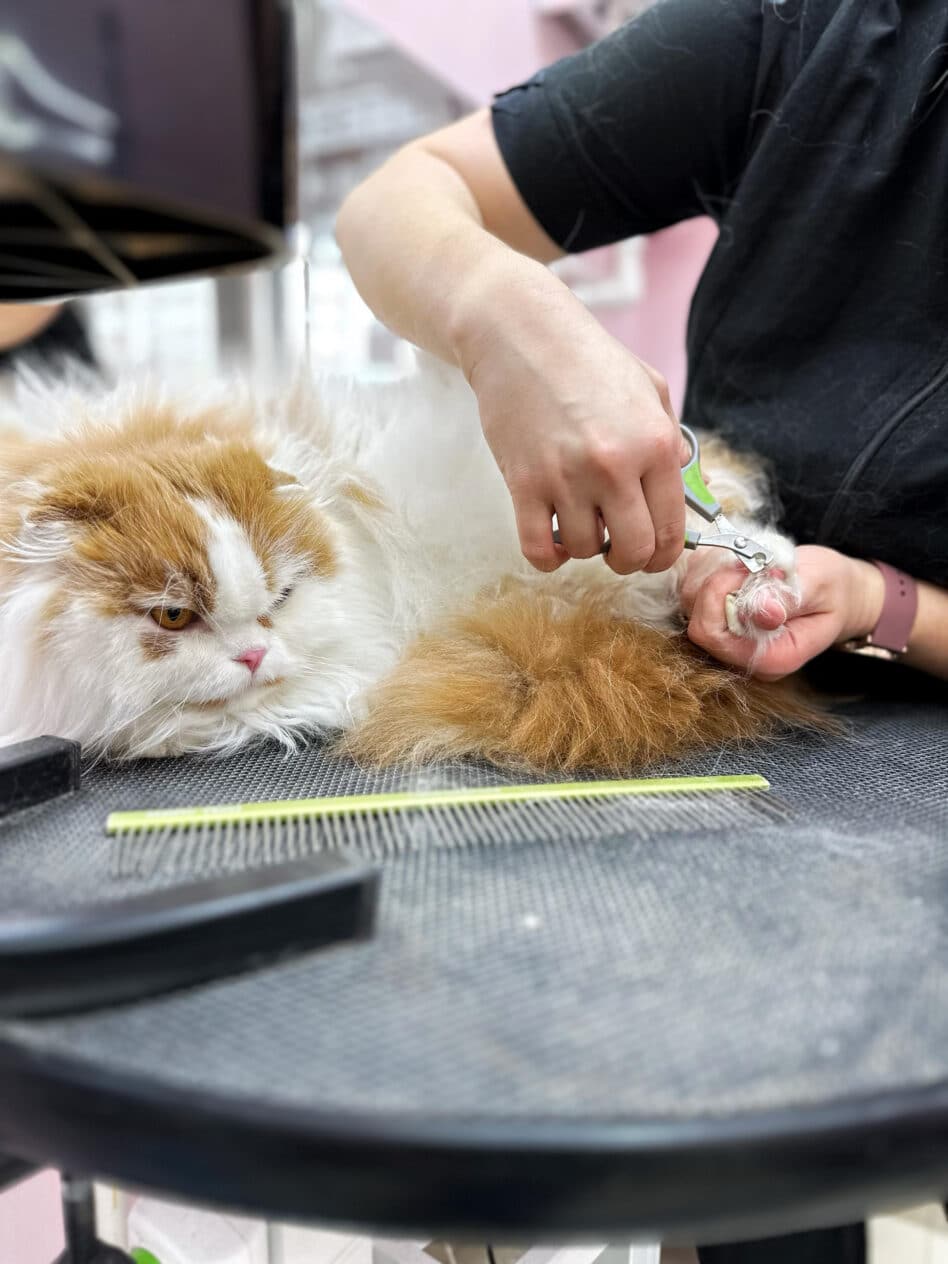
Does this apply equally to dogs and cats?
The general approach to remediation is similar, but there are important differences. In dogs, elongated nails are more common, especially if they are a mini-breed, do not walk much or have not had their nails trimmed for a long time. In dogs, it is most often necessary to gradually reduce the length of the nail, “pushing” the pulp back with regular trimming. In cats, the situation is somewhat different: their claws often naturally become sharper through activity, scratching or simply movement. But if the cat is sedentary, older or lives without a scratching post, a similar problem can occur. It is important to remember that cats have a fifth claw on the front legs, which does not touch the floor and is erased the worst. Therefore, in any case – control and regular clipping of nails in dogs and clipping of nails in cats is necessary, but taking into account individual characteristics.
